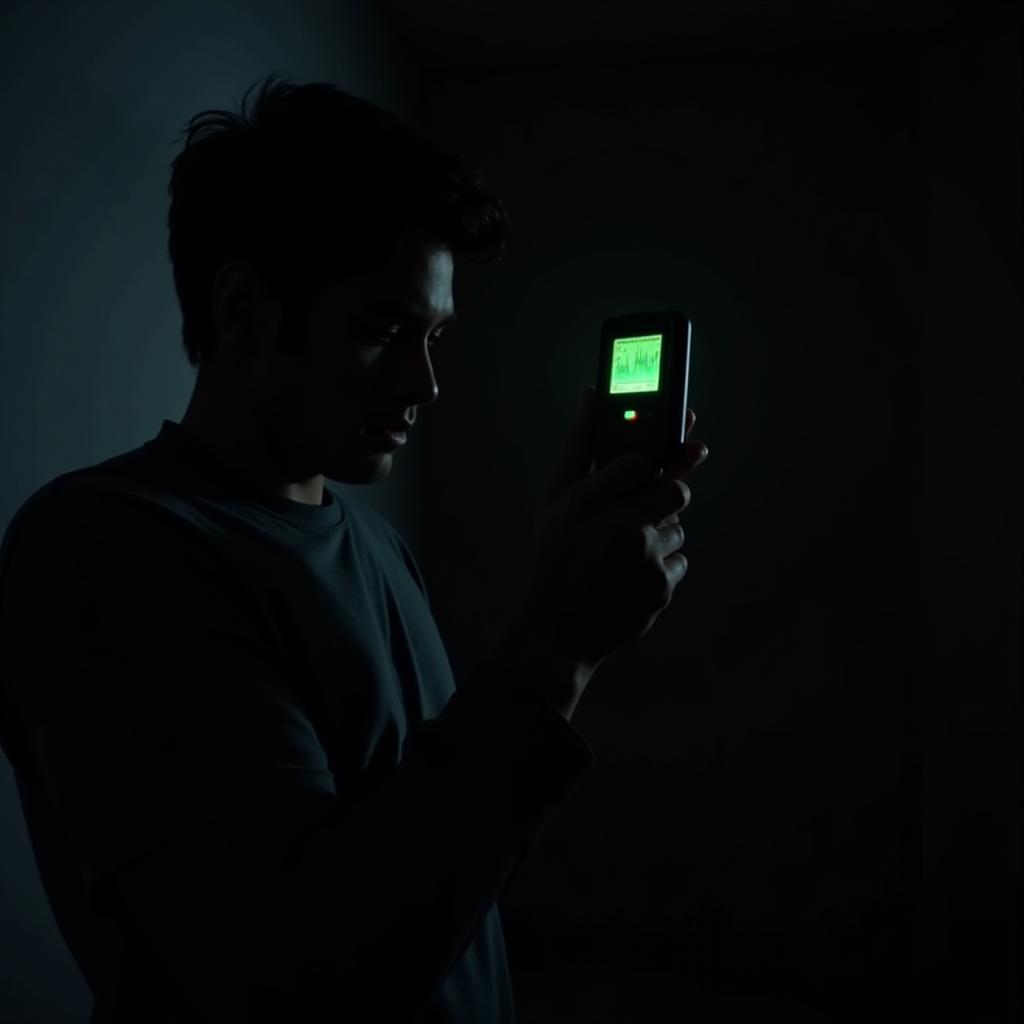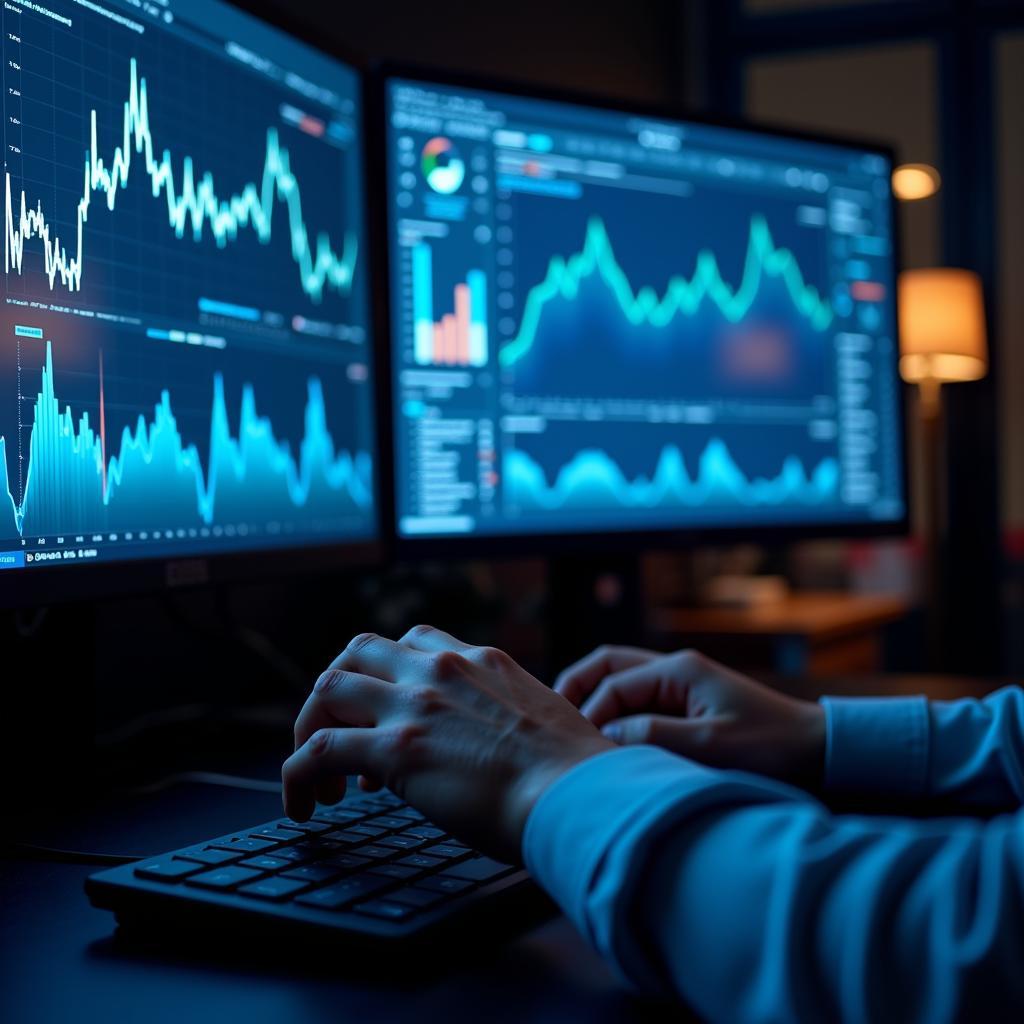Cct Research, often shrouded in mystery and speculation, delves into the heart of unexplained phenomena. But what exactly is it, and how do investigators navigate the shadowy realms of the unknown? This exploration seeks to shed light on the fascinating, and sometimes unsettling, world of CCT research.
Unmasking CCT: Beyond the Veil of the Unknown
CCT, or Consciousness Correlation Technology, represents a paradigm shift in Paranormal Research. Unlike traditional methods that rely on anecdotal evidence and subjective interpretations, CCT research endeavors to establish a quantifiable link between human consciousness and anomalous occurrences.
 A paranormal research lab equipped for CCT research
A paranormal research lab equipped for CCT research
Imagine a world where thoughts, emotions, and intentions leave tangible imprints on the fabric of reality. This is the core principle driving CCT research. By employing advanced technological tools, researchers aim to capture and analyze these subtle correlations, potentially unlocking the secrets behind a myriad of paranormal phenomena.
The Tools of the Trade: Bridging Science and the Supernatural
CCT research often utilizes a combination of cutting-edge technology and traditional investigative techniques. Some of the most commonly employed tools include:
- Electroencephalography (EEG): This non-invasive technique measures brainwave activity, providing insights into states of consciousness, emotional responses, and potential psychic abilities.
- Random Number Generators (RNGs): These devices generate sequences of random numbers, and deviations from statistical norms in the presence of specific individuals or events can suggest an influence from consciousness.
- Electromagnetic Field (EMF) Detectors: Fluctuations in electromagnetic fields are often associated with paranormal activity, and EMF detectors can help pinpoint potential areas of interest.
- Infrared Cameras: These cameras detect heat signatures, which can be useful in identifying cold spots or other thermal anomalies often linked to ghostly manifestations.
 A paranormal investigator uses an EMF detector in a darkened room
A paranormal investigator uses an EMF detector in a darkened room
These tools, when combined with rigorous scientific methodology and meticulous data analysis, allow researchers to approach the paranormal with a level of objectivity that was previously unattainable.
Unraveling the Mysteries: CCT Research in Action
From haunted houses and poltergeist disturbances to psychic abilities and near-death experiences, CCT research has been applied to a wide range of paranormal phenomena. Let’s delve into some specific examples:
- Haunted Locations: CCT research at allegedly haunted locations often involves monitoring changes in EMF readings, temperature fluctuations, and RNG output while individuals attempt to interact with the environment. Significant correlations between these variables and subjective experiences could suggest a genuine connection between consciousness and the alleged haunting.
- Psychic Mediumship: During mediumship sessions, researchers may use EEG to monitor the brainwave activity of both the medium and the sitter. If the medium accurately relays information unknown to the sitter, and their brainwave patterns exhibit specific signatures during these moments, it could lend credence to the possibility of genuine psychic communication.
 A researcher analyzes data collected during a CCT research session
A researcher analyzes data collected during a CCT research session
The Future of CCT Research: Pushing the Boundaries of Understanding
CCT research is still in its infancy, but its potential implications are far-reaching. As technology continues to advance and our understanding of consciousness deepens, we can expect to see even more innovative applications of CCT in exploring the mysteries of the paranormal.
While skepticism within the scientific community remains, the growing body of data collected through rigorous CCT research is challenging conventional wisdom and prompting a reevaluation of what we thought we knew about the nature of reality and the limits of human perception.